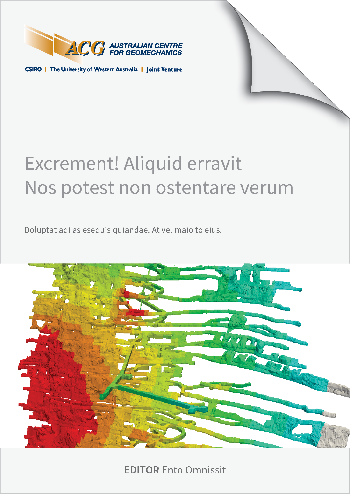The mythology of full interactive draw in high column caves

|
Authors: van Hout, G; van As, A |
DOI https://doi.org/10.36487/ACG_repo/2435_D-05
Cite As:
van Hout, G & van As, A 2024, 'The mythology of full interactive draw in high column caves', in Daniel Johansson & Håkan Schunnesson (eds), MassMin 2024: Proceedings of the International Conference & Exhibition on Mass Mining, Luleå University of Technology, Luleå, pp. 524-540, https://doi.org/10.36487/ACG_repo/2435_D-05
Abstract:
As cave mining moves deeper, the production level layout must satisfy two competing design criteria when determining the drawpoint spacing: first ensuring the stability of the drawpoint apices, and second, addressing the impacts of drawpoint interaction between adjacent drawpoints. The upfront selection of stability over recovery by planning teams is obvious, as it is imperative that drawpoints remain active over the life of mine (LOM). The actual underperformance of modern mines (Van As et al 2008, 2011) however, is becoming increasingly scrutinised by regulators in the light of substantial stakeholder losses. Consequently, current modelling tools used to evaluate recovery by simulating cave flow require greater scrutiny, particularly for high column caves where the recovery of ore high in the column is at risk, and results should be challenged to ensure that dilution and recovery forecasts are reliable. To this end, a reliable forecasting model should be well calibrated and be able to accurately predict, not only grade but also the geological composition of each drawpoint. Van Hout et al (2023) describe how routine drawpoint sampling of grades and lithology monitoring can reliably inform the evolution of drawcone geometry and Height of Draw (HOD) for each drawpoint over time. This data is therefore able to assist in evaluating cave performance periodically and demonstrates whether isolated or interactive draw predominates so that more accurate forecasting takes place in studies and operations. This paper elaborates on the importance of detailed drawpoint field data collection and analyses for cave reconciliation work and demonstrates that with real life examples of drawpoints that do (not) conform with forecast behaviour. It is supplemented with a novel analysis methodology for cave monitoring instruments, namely the Elexon Cave Trackers, that aid in the interpretation of the detailed drawpoint analysis.
© Copyright 2025, Australian Centre for Geomechanics (ACG), The University of Western Australia. All rights reserved.
View copyright/legal information
Please direct any queries or error reports to repository-acg@uwa.edu.au
View copyright/legal information
Please direct any queries or error reports to repository-acg@uwa.edu.au